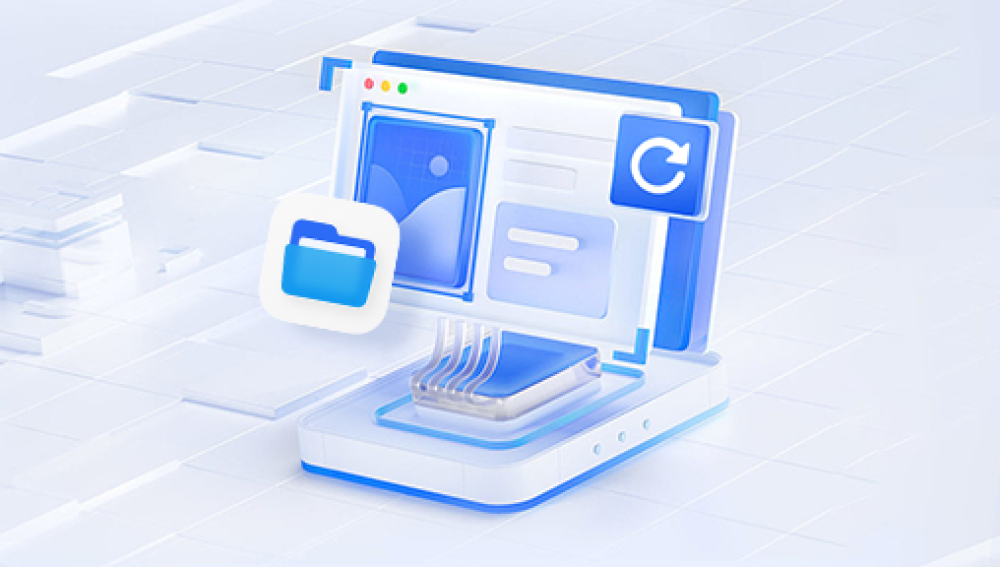1. System files
System files are critical to the operation of Windows 11. They include essential components like drivers, system libraries, and configuration files. When these files become corrupted or missing, it can lead to a range of issues, from system crashes to unresponsive applications.
2. Using System File Checker (SFC)
What is SFC?
System File Checker (SFC) is a built-in Windows utility that scans for and restores corrupted system files. It is a first-line defense against system file corruption and can fix many issues without requiring more drastic measures.

How to Run SFC
Open Command Prompt as Administrator
Right-click the Start button and select Windows Terminal (Admin) or Command Prompt (Admin).
Run the SFC Command
In the Command Prompt window, type sfc /scannow and press Enter.
The system will start scanning and repairing corrupted files. This process may take some time, so be patient.
Wait for the Scan to Complete
Once the scan is finished, SFC will provide a summary of the results. If it found and fixed issues, it will report them here.
Interpreting SFC Results
No Integrity Violations: Your system files are intact.
Some Files Could Not Be Repaired: Review the CBS.log file for details and consider using DISM.
Windows Resource Protection Found Corrupt Files and Successfully Repaired Them: The issues have been fixed.
3. Using Deployment Imaging Service and Management Tool (DISM)
What is DISM?
Deployment Imaging Service and Management Tool (DISM) is a command-line tool used to service and prepare Windows images. It can fix issues that SFC alone cannot handle by repairing the Windows image.
How to Run DISM
Open Command Prompt as Administrator
Similar to the SFC process, open Windows Terminal (Admin) or Command Prompt (Admin).
Run the DISM Command
Type DISM /Online /Cleanup-Image /RestoreHealth and press Enter.
This command will scan the Windows image for corruption and repair it. The process can also take some time, depending on the severity of the issues.
Wait for the Process to Complete
After DISM completes, it may be necessary to run SFC again to ensure all issues are resolved.
DISM and SFC Interaction
DISM repairs the Windows image, while SFC fixes the corrupted system files. If SFC reports that it couldn't repair some files, running DISM first can help resolve these issues.
4. Using System Restore
What is System Restore?
System Restore is a feature in Windows 11 that allows you to revert your system to a previous state. It uses restore points created by the system or manually by the user to roll back system changes.
How to Create a Restore Point
Open System Properties
Right-click the Start button and select System.
Click System protection on the left panel.
Create a Restore Point
In the System Properties window, under the System Protection tab, click Create.
Enter a description for the restore point and click Create.
How to Restore Your System
Open System Restore
Follow the same steps to reach System Protection in the System Properties window.
Click System Restore and then Next.
Choose a Restore Point
Select a restore point from the list and click Next.
Confirm your selection and click Finish.
Reboot Your System
Your computer will restart and apply the selected restore point. This process will undo recent system changes.
5. Using Reset This PC
What is Reset This PC?
Reset This PC is a feature that reinstalls Windows while allowing you to keep or remove your personal files. It is a more drastic measure than SFC or DISM but can be effective if other methods fail.
How to Access and Use Reset This PC
Open Settings
Go to Settings > System > Recovery.
Choose Reset This PC
Under Recovery options, click Reset PC.
Select an Option
Choose between Keep my files (which will reinstall Windows but keep your personal files) or Remove everything (which will perform a clean install).
Follow the Prompts
Follow the on-screen instructions to complete the reset process.
Choosing Between 'Keep My Files' and 'Remove Everything'
Keep My Files: Ideal if you want to retain personal files and settings but need a clean Windows installation.
Remove Everything: Best for a complete clean install, useful if you're encountering severe system issues or preparing to sell the device.
6. Using Advanced Startup Options
How to Access Advanced Startup Options
Open Settings
Go to Settings > System > Recovery.
Access Advanced Startup
Click Restart now under Advanced startup.
Choose Troubleshoot Options
After your PC restarts, select Troubleshoot from the options.
Troubleshoot Startup Issues
Startup Repair: Automatically fixes issues that prevent Windows from starting.
Command Prompt: Use for advanced repairs or troubleshooting.
7. Preventive Measures and Best Practices
Keeping System Files Safe
Regular Updates: Ensure Windows and software are up-to-date to avoid vulnerabilities.
Reliable Antivirus: Protect your system from malware that can corrupt system files.
Regular Backups
Backup Your Files: Use built-in tools like File History or third-party software to regularly back up important files.
System Image Backup: Consider creating a system image for a full backup of your system.
System Updates
Enable Automatic Updates: Keep your system updated with the latest security patches and improvements.




